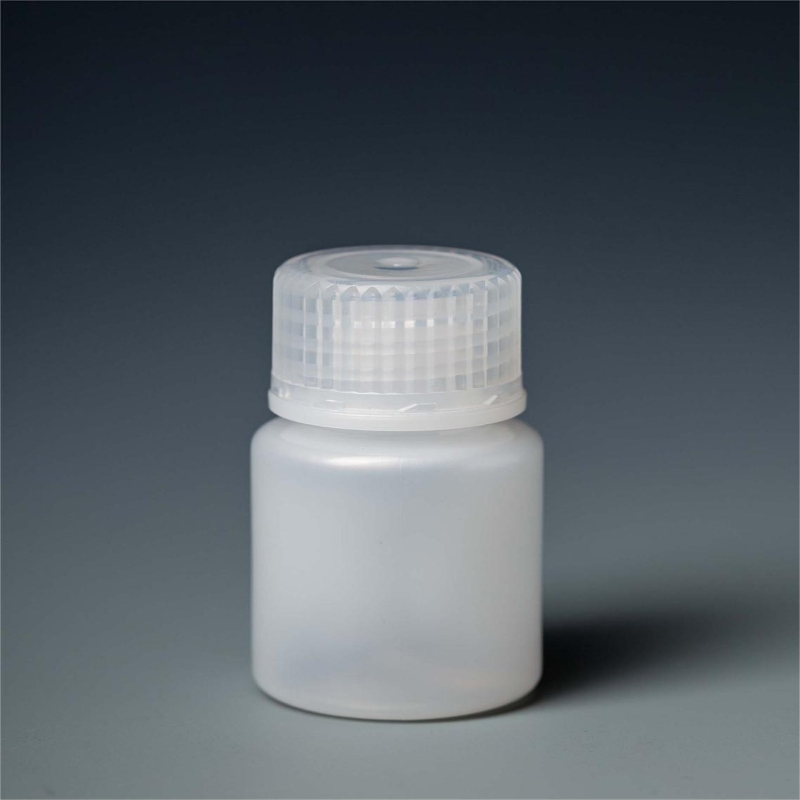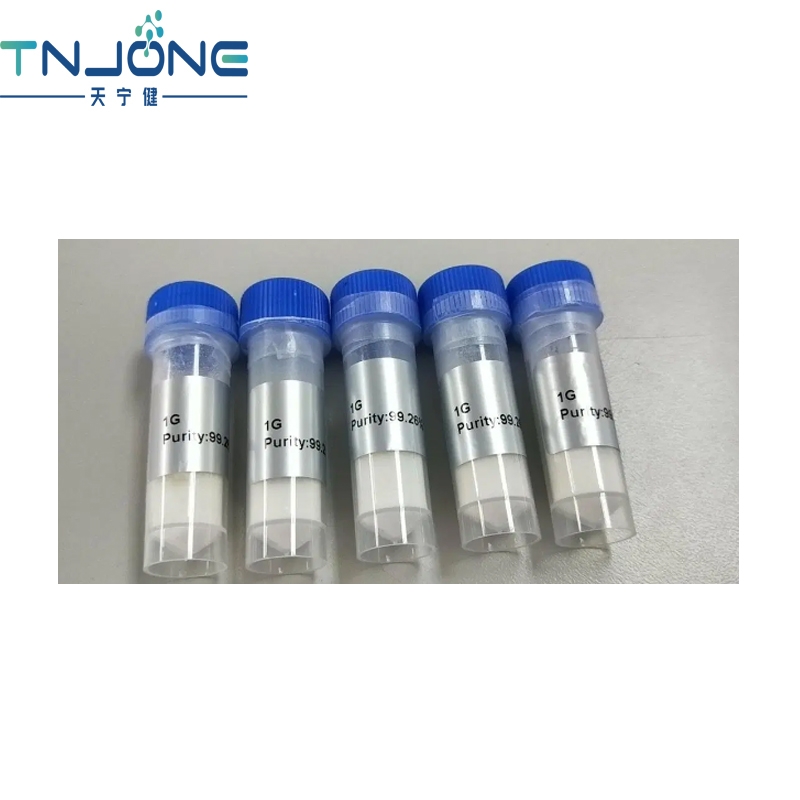Lancet praise: Shenzhen control COVID-19 key is contact tracking and isolation!
-
Last Update: 2020-05-28
-
Source: Internet
-
Author: User
Search more information of high quality chemicals, good prices and reliable suppliers, visit
www.echemi.com
May 22, 2020 /
BiovalleyBIOON / -- According to a study completed by the Johns Hopkins Bloomberg School of Public Health in collaboration with researchers from Harbin University of Technology and the Shenzhen Center for Disease Control and Prevention, the widespread use of epidemiological surveillance, isolation of infected patients and quarantine exposure in the first few months of the COVID-19 outbreak in Shenzhen has enabled scientists to understand the important features of the pandemictheir findings were published in The Lancet Disease, and researchers analyzed data collected by the Shenzhen Centers for Disease Control and Prevention from January 14 to February 12 with 391 COVID-19 patients and 1,286 close contactsShenzhen is a densely populated city with a population of about 13 millionThe study was entitled "Olympics y and Transmission of COVID-19 in Shenzhen China: Analysis of 391 cases and 1,286 of theirs of their s/hes: a retrospective cohort study"study is believed to be the first in such a well-documented, well-documented population, showing that COVID-19 cases, on average, begin to show symptoms five days before diagnosis, while contact tracing and extensive testing can reduce the event to three daysAmong contacts, the risk of infection is particularly high among domestic contactsAlthough children are less likely to develop severe symptoms, the rate of infection is about the same as in adultspicture source; "We have data on early infected individuals and their contacts, which allows us to solve questions about the dynamics of COVID-19 transmission, which were previously difficult to answer," said Justin Lessler, lead author of the NIAIDstudy and associate professor of epidemiology at Bloomberg College"
this study was conducted by the Lessler team at Bloomberg College in collaboration with the Team of DrTing Ma of Harbin University of Technology and DrTiejian Feng of the Shenzhen Center for Disease Control and Preventiononce mass transmission begins, it is difficult for epidemiologists to assess how sudden pathogens spread from one person to another as potential routes of transmission become too complex to be tracked reliablyIn contrast, in the early stages of an outbreak, before community transmission begins, epidemiologists can more easily assess transmission dynamics by finding people with symptoms and then tracking their nearest contacts to see who is infected and who is not infectedthe Shenzhen CDC began collecting and testing suspected cases in early JanuaryPublic health agencies have also tracked close contacts in all recent suspected casesIsolating suspected or confirmed cases of symptoms in local hospitals and isolating asymptomatic people who have been confirmed to have been contacted by testingresearchers found that of the 391 confirmed COVID-19 cases during the period, the proportion of men (187) and women (204) was about the same, but men were 2.5 times more likely to develop severe symptoms than womenChildren are as likely to be infected as adults, but less likely to develop severe symptomsonly 9 per cent of the 391 infected people developed severe symptoms on their first medical examinationOf the secondary cases detected in contact tracing, 20 per cent were asymptomatic at the first assessment, indicating that a significant proportion of coronavirus carriers were "silent carriers", at least in the early stages of infectionThe average age of 391 infected persons is about 45 yearssample data for 391 people included a highly accurate record of the time interval scored at critical events, allowing researchers to estimate critical time information about COVID-19For example, the median "incubation period" from exposure to symptoms is estimated at 4.8 daysMedian recovery time -- from symptoms to no symptoms, and also viral RNA negative -- was 23 days between 60 and 69 years, 22 days between 50 and 59 years, and 19 days between 20 and 29 yearswhen the researchers assumed that all close contacts had been tested and all positive results were recorded, the "infection rate", the percentage of close contacts who were infected with confirmed cases, was 6.6 percentThe incidence of household contact was higher, at 11.2 per cent"continuous interval", which is the average time interval between one person infecting another person and infecting anotherresearchers also calculated the "observed number of infections", the average number of infections detected per infected person, at just 0.4This lower figure suggests that the disease will soon disappear in Shenzhen and will not continue to spread, possibly in part because of the Shenzhen CDC's efforts to detect and isolate these cases and their contacts If the number of infections is less than 1, the infection cannot be effectively transmitted image source: WHO
However, Lessler points out that the 0.4 figure is based only on known cases of infection "We don't have a complete blueprint - we don't have data on all the unknown contacts in each case, like the people who ride with them on the bus, or the people who pass by in the street," he said in addition , the researchers found that some infected individuals caused many further infections, meaning that the super-transmitters were relatively easy to re-trigger the outbreak "Our analysis of shows that about 80 percent of the infections in the contacts were caused by 8.9 percent of the initial cases," said Qifang Bi, a doctoral student in the Department of Epidemiology at Bloomberg College researchers say these estimates of critical COVID-19 intervals and morbidity will help epidemiologists, pharmaceutical scientists and public health officials around the world develop their goals and policies to address the challenges of pandemics (biovalleybioon.com) References: Contact tracing and isolation key to controlling SARS-CoV2 in Shenzhen Qifang Bi et al.
Cally and transmission of COVID-19 in 391 cases and 1286 of its close contacts in Shenzhen, China: a retrospective cohort study.
The Lancet InAres (2020) DOI: https://doi.org/10.1016/S1473-3099 (20) 30287-5
Study from Shenzhen City key insights on how coronavirus spreads
This article is an English version of an article which is originally in the Chinese language on echemi.com and is provided for information purposes only.
This website makes no representation or warranty of any kind, either expressed or implied, as to the accuracy, completeness ownership or reliability of
the article or any translations thereof. If you have any concerns or complaints relating to the article, please send an email, providing a detailed
description of the concern or complaint, to
service@echemi.com. A staff member will contact you within 5 working days. Once verified, infringing content
will be removed immediately.







